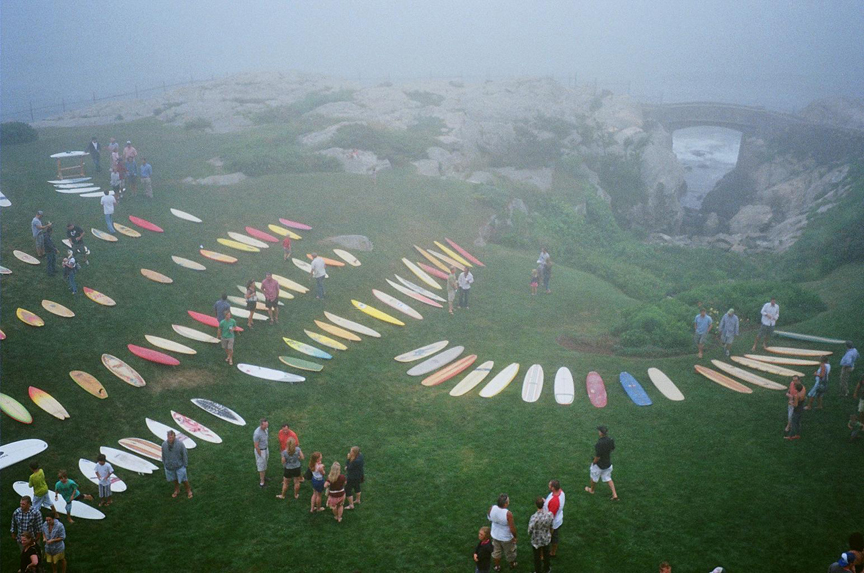A person, a place, a hospital … it’s all about a family.
Emma Kauikeōlani Napoleon was the eldest of the fifteen children born to Pamahoa and Temanihi Napoleon; she was of Hawaiian, Corsican and Tahitian descent.
They lived in downtown Honolulu, on Queen Street near Kawaiahaʻo Church; she was a teacher at Kawaiahaʻo Seminary.
Emma lived during the time of transition in Hawaiʻi’s history when the Americanization of Hawaiʻi had replaced the Hawaiʻi of high chiefs. Growing up during the early part of this period, Emma was one of many exemplary women of her time who strove to bridge the gap between the old and the new.
While protecting her heritage, she followed her convictions to improve the quality of life for all people in Hawaiʻi. (Notable Women of Hawaii)
On June 2, 1882, Emma married Samuel Mahelona. Born July 7, 1861, Samuel passed away on May 24, 1892 at age of thirty-one. As noted in ‘The Friend,’ June, 1892, “The very sudden death of Mr. Samuel Mahelona has removed the head of a beloved Hawaiian household. Mr. M. had for some years been a book-keeper with Allen & Robinson, and was a gentleman of the highest character, and a consistent member, with his wife, of Kawaiahaʻo Church.”
“Mrs. Mahelona, prior to their marriage nine years since, had been greatly valued as an assistant teacher in Kawaiahaʻo Female Seminary, as Miss Emma Napoleon. The example of this refined Christian home of their own people has been one of most important service and encouragement to Hawaiians, and makes the death of this young father a public as well as private loss.”
Their four children were Samuel Hooker Kaleoʻokalani Mahelona (1884 – October 20, 1912;) Ethel Kulamanu Mahelona (February 2, 1887 – September 19, 1954;) Sunbeam Cushman Nehenuiokalani Mahelona (April 14, 1888 – August 16, 1889) and Allen Clesson Kauluheimalama Mahelona (1891 – unknown.)
On June 7, 1898, Emma married Albert Spencer Wilcox (May 24, 1844-July 7, 1919.) (Albert adopted Emma’s children.) Albert is the son Abner Wilcox (1808-1869) and Lucy Eliza (Hart) Wilcox (1814-1869;) they were in the eighth company of missionaries to Hawaiʻi for the American Board of Commissioners for Foreign Missions.)
Albert was born in Hilo on Hawai‘i Island and grew up at Waiʻoli in Hanalei, Kaua‘i. He worked with his brother George Norton Wilcox (1839-1933) in a sugarcane business in Hanalei, before working as the manager of Hanamāʻulu Plantation; for many years (1877-1898) he managed that section of Līhuʻe plantation.
In 1892, Albert purchased an interest in the Princeville Plantation, and by 1899 had complete ownership; he sold the Princeville lands in June of 1916.
Albert served as president of C Brewer and sat as a director on the boards of Kekaha Sugar Company, Waiʻanae Sugar Company, the Home Insurance Company and the Inter-Island Steam Navigation Company. In addition, he served as a member of the Kingdom of Hawaiʻi’s House of Representatives for two years (1891-1892.)
In 1899, they built their home on Hanalei Bay. Albert and Emma named their Hanalei home after Emma’s namesake, Kauikeōlani, which means “place in the skies (of) heaven.” (The house is also referenced as the Albert Spencer Wilcox Beach House – it’s on the State and National Register of Historic Places.)
It is the earliest known beach house to be constructed on Hanalei Bay. In the early twentieth century, other substantial beach houses were constructed by Mabel Wilcox, Dr. Harl, the Baldwins, Fayes, Sloggetts and Sanborns.
Kauikeōlani sits on a large landscaped lawn of land on the mauka (mountain) side of Weke Road; it has two inland fish ponds.
The deaths of five of her siblings at early ages greatly influenced Emma’s concern for the welfare of all native Hawaiians. Albert and Emma Wilcox purchased land and built a hospital in Honolulu; in 1909, the Kauikeōlani Children’s Hospital opened on Kuakini Street and was named in Emma’s honor (one of the few hospitals in the world at that time that was dedicated to treating children.)
“Nearly every child In Kauikeōlani hospital today is a charity ward. It is essentially a charity hospital. No babe in distress is turned from its door. If the parents can afford it, they must pay, but lack of fund keeps no baby away.”
“So good are the environments, the care and the treatment given, that many wealthy parents send their ailing children to private wards in this hospital. … Although all nationalities are welcome at Kauikeōlani … the Hawaiian and part-Hawaiian children predominate.” (Honolulu Star-Bulletin, May 30, 1916)
In 1978, Kauikeōlani Children’s Hospital merged with Kapiʻolani Hospital and relocated to become Kapiʻolani Medical Center for Women and Children. (Queen Kapiʻolani founded the Kapiʻolani Maternity Home in 1890.)
(The Rehabilitation Hospital of the Pacific (which first started as a department of the Kauikeolani Children’s Hospital) is now on the grounds of the former Kauikeolani Children’s Hospital.)
Kapiʻolani Medical Center for Women & Children is Hawai‘i’s only maternity, newborn and pediatric specialty hospital; it’s in a $30-million fundraising program for its first phase to renovate and expand its facility.
This was not the only medical facility the Wilcox family founded. Son Samuel Mahelona died of tuberculosis at a young age. As a memorial to his son, in 1917, Wilcox (with others from the Wilcox family) provided land and funds for the Samuel Mahelona Memorial Hospital at Kapaʻa, Kauaʻi, for the treatment of tuberculosis (one of the first hospitals on Kauaʻi.)
Over the years, the hospital was enlarged to accommodate increasing numbers of patients and services. When antibiotics established the cure of tuberculosis, in the early-1950s and 60s, the facility began focusing on long term care needs and began admitting patients with acute mental illness. It provides 24-hour Emergency Services, Imaging (Digital Xray), Rehabilitation Therapies (Occupational, Physical, Respiratory and Recreational,) Skilled Nursing, Intermediate, Long Term and Acute Care.





















































